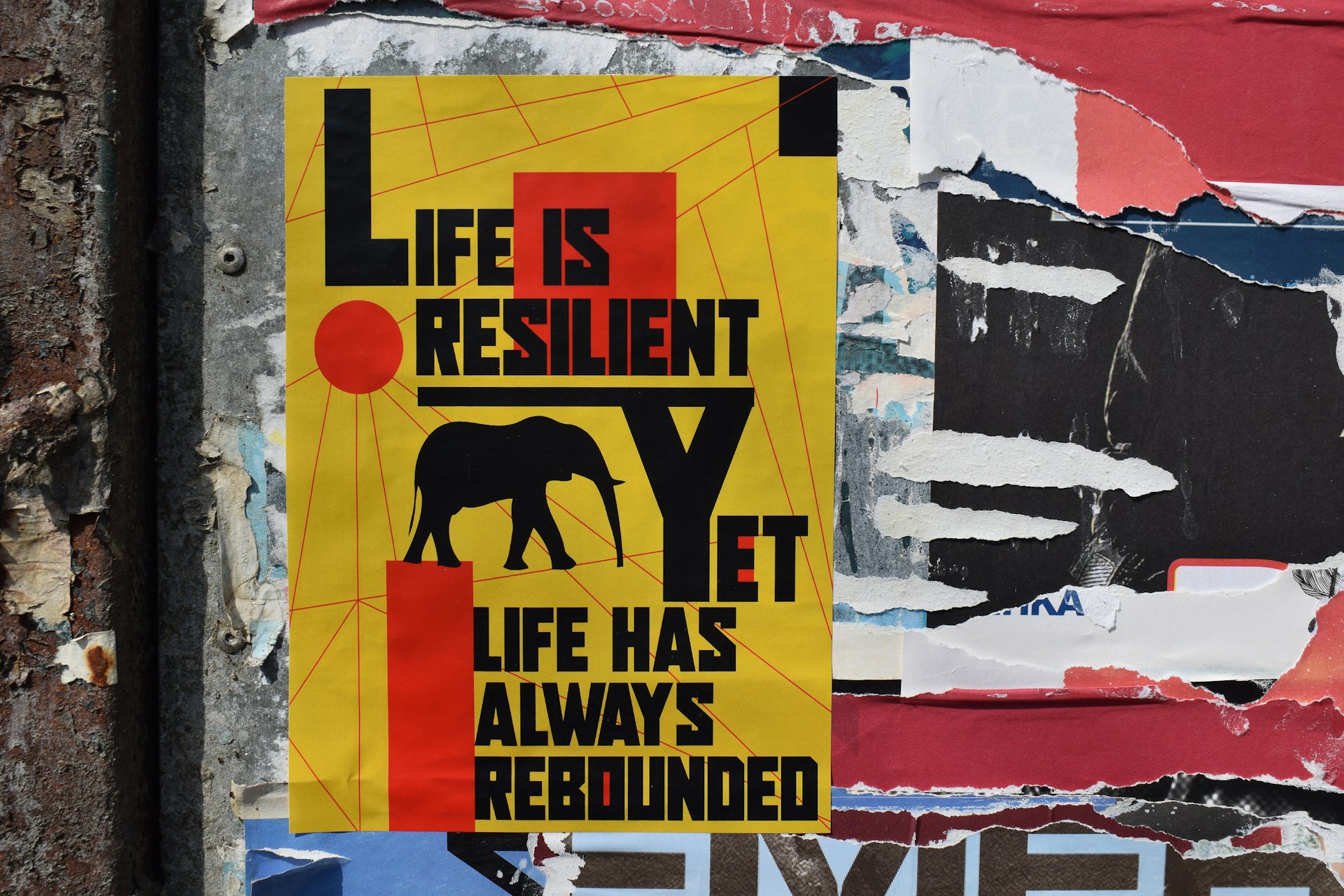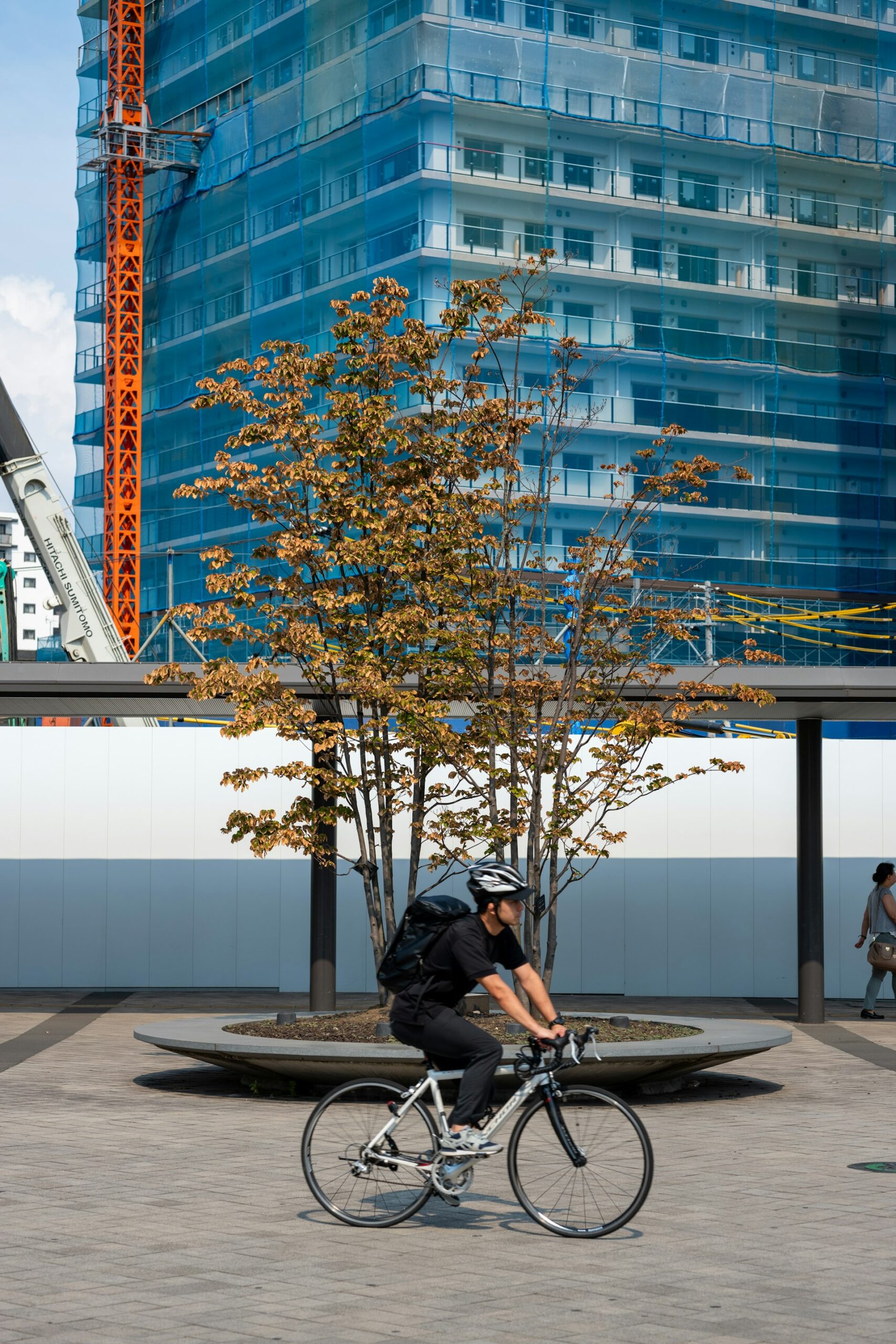Coastal Highway Road Trip Adventures: Explore America’s Scenic Shores

Photo by Nijansh Verma on Unsplash
Introduction: Embarking on a Coastal Highway Adventure
America’s coastal highways offer travelers a unique blend of breathtaking scenery, diverse local cultures, and endless opportunities for adventure. Whether you’re seeking dramatic cliffs, historic towns, or quiet beaches, road trips along coastal routes such as the Pacific Coast Highway (PCH) and the Bold Coast National Scenic Byway in Maine promise memorable experiences for every type of explorer. This guide provides actionable steps, real-world examples, and verified resources to help you plan and enjoy your own coastal highway adventure.

Photo by Nijansh Verma on Unsplash
Why Choose Coastal Highways for Your Road Trip?
Coastal highways like California’s Pacific Coast Highway and Maine’s Bold Coast National Scenic Byway are renowned for their spectacular ocean views, diverse attractions, and rich histories [1] . The combination of natural beauty and accessible amenities make these routes popular for travelers seeking both relaxation and excitement. Along the way, you can enjoy activities such as whale watching, beach picnics, hiking, and sampling local cuisine.
Planning Your Coastal Road Trip: Step-by-Step Guidance
Effective planning ensures a smooth and enjoyable trip. Here’s how to get started:
- Choose Your Route: Decide which coastal highway best fits your interests. The Pacific Coast Highway, stretching over 650 miles from San Juan Capistrano to Leggett, California, is ideal for those seeking iconic California landscapes [1] . For a quieter, nature-focused experience, Maine’s Bold Coast Byway offers 125 miles of rugged coastline and charming villages.
- Set Your Timeline: The classic PCH road trip can take anywhere from 3 to 10 days, depending on your pace and desired stops [5] . Maine’s route can be completed in 2-3 days, but extending your stay allows for deeper exploration.
- Map Out Key Stops: Identify must-see destinations using travel guides and verified online resources. For California, highlights include Santa Monica Pier, Big Sur’s Bixby Creek Bridge, and the redwood forests near Leggett [1] . In Maine, consider wildlife-spotting tours in Millbridge and seafood stops like Chipman’s Wharf.
- Book Accommodations: Research hotels, inns, and campgrounds along your route. Sites like TripAdvisor and local tourism boards provide verified listings and reviews.
- Prepare Your Vehicle: Ensure your car is roadworthy. Consider rental options-many travelers recommend convertibles for the California coast [4] .
- Pack Essentials: Bring layers for shifting coastal weather, cameras for the scenery, and any gear needed for activities such as hiking or kayaking.
Must-See Destinations and Experiences
Each coastal highway features unique experiences and attractions:
- Pacific Coast Highway (California): Stretching from San Juan Capistrano to Leggett, the PCH passes through major cities and small towns, offering stops at beaches, cliffs, and cultural landmarks. Notable sites include Monterey Bay, Big Sur, and Seal Beach [1] . For whale watching, the area between San Francisco and Monterey is ideal between December and May [2] .
- Bold Coast National Scenic Byway (Maine): This 125-mile stretch is perfect for travelers seeking natural beauty and local flavor. Enjoy boat tours for wildlife spotting or sample Maine’s legendary lobster rolls in Machias and Lubec [1] .
- Washington and Oregon Coasts: The northern extension of the PCH includes wild beaches, rainforests, and historic towns like Astoria, Oregon [5] .
Practical Application: How to Access Local Experiences and Services
To access tours, local attractions, and dining options along your route:
-
Use tourism board websites and visitor centers for up-to-date information on activities, closures, and local events. For California, the
Visit California
website contains verified listings of attractions and accommodations. -
For wildlife tours in Maine, search for operators like
Atlantic Edge Adventures
and review feedback on travel forums before booking [1] . - Many towns along these routes have local chambers of commerce. Contact them directly for recommendations on dining, lodging, and guided experiences.
- When planning hiking or outdoor activities, check official state park websites for hours, closures, and safety advisories.
If you cannot verify an operator or attraction online, it’s best to call the local visitor center or use trusted travel platforms for the latest details.
Case Studies: Real-World Road Trip Itineraries
Example 1: Pacific Coast Highway from San Francisco to Los Angeles Travelers often take 3-5 days for this journey, stopping at San Gregorio State Beach for breakfast, visiting Monterey, and exploring the cliffs and beaches of Big Sur. Many recommend starting early and planning overnight stops in towns like Monterey or San Simeon [2] . Whale watching and scenic photography are popular activities along this stretch.
Example 2: Bold Coast National Scenic Byway A two-day trip might include a boat tour in Millbridge, hiking in state parks, and sampling local seafood. Extend your stay for additional nature excursions and visits to historic villages like Lubec [1] .
Example 3: Seattle to San Diego via PCH A 10-day adventure covers diverse landscapes-from Washington’s rainforests and Oregon’s beaches to the busy streets of Los Angeles and the sun-drenched beaches of San Diego. Plan for stops in Astoria, Ruby Beach, and the redwoods near Leggett, California [5] .
Potential Challenges and Solutions
While coastal road trips are rewarding, travelers may encounter challenges such as road closures (especially on California Highway 1 due to landslides), high traffic in urban areas, and rapidly changing weather. Solutions include:
- Checking official state transportation websites for the latest road conditions before departure.
- Using navigation apps to reroute around closures or delays.
- Traveling during off-peak seasons to avoid crowds and enjoy better rates on lodging.
- Packing layers to adapt to coastal climate changes.
If uncertain about local conditions, always call the nearest visitor center or check with state park authorities for advice.
Alternative Approaches for Unique Road Trip Experiences
For travelers seeking alternatives to well-trodden routes, consider:
- Exploring lesser-known beaches and small towns off the main highway, such as Seal Beach in California [1] .
- Extending your trip to include ferry rides, such as from Port Angeles to Victoria, Canada [5] .
- Combining your road trip with hiking or cycling excursions-many coastal routes feature accessible trails and scenic overlooks.
Summary and Key Takeaways
Coastal highway road trips deliver unparalleled access to America’s scenic shores, vibrant communities, and outdoor adventures. With careful planning, verified resources, and a spirit of exploration, you can create a personalized journey that fits your interests and budget. Remember to consult official tourism boards, local visitor centers, and state park websites for the most reliable information before and during your trip.
References
- [1] AFAR (2025). 7 Scenic, Coastal Road Trips in the U.S. – Comprehensive guide to top coastal routes and attractions.
- [2] Hannah Henderson Travel (2024). Pacific Coast Highway Road Trip – Detailed itinerary and travel tips for PCH.
- [3] RoadTrip USA (2024). The Classic Pacific Coast Highway Road Trip – Planning guide for the full West Coast.
- [4] Shoot from the Trip (2024). 12 scenic stops on the Pacific Coast Highway – Highlights and practical advice for California’s coastline.
- [5] Sheena Magnesen Photography (2024). The Ultimate 10 Day Roadtrip Down the Pacific Coast Highway – Real-world itinerary and examples from Seattle to San Diego.



